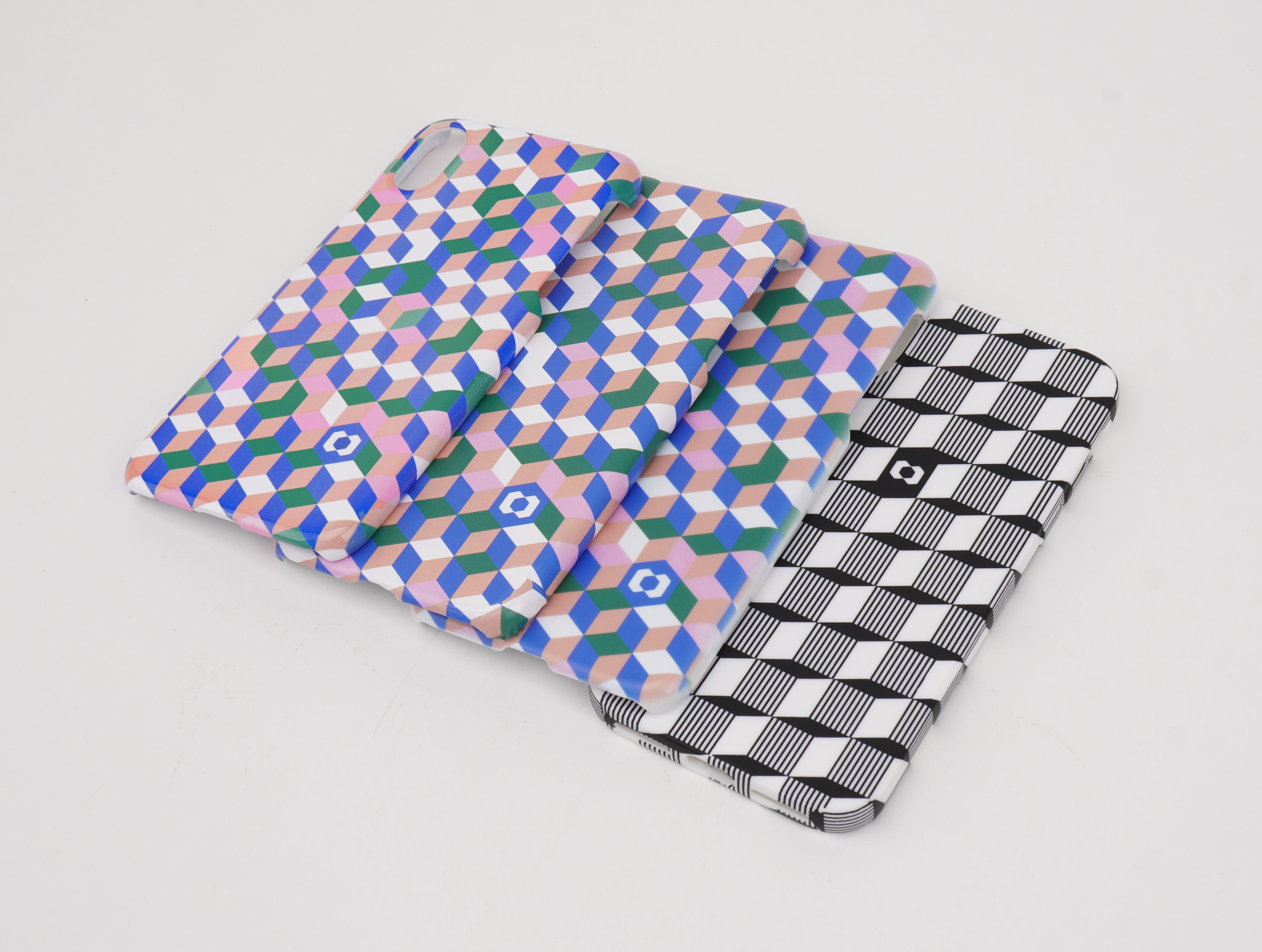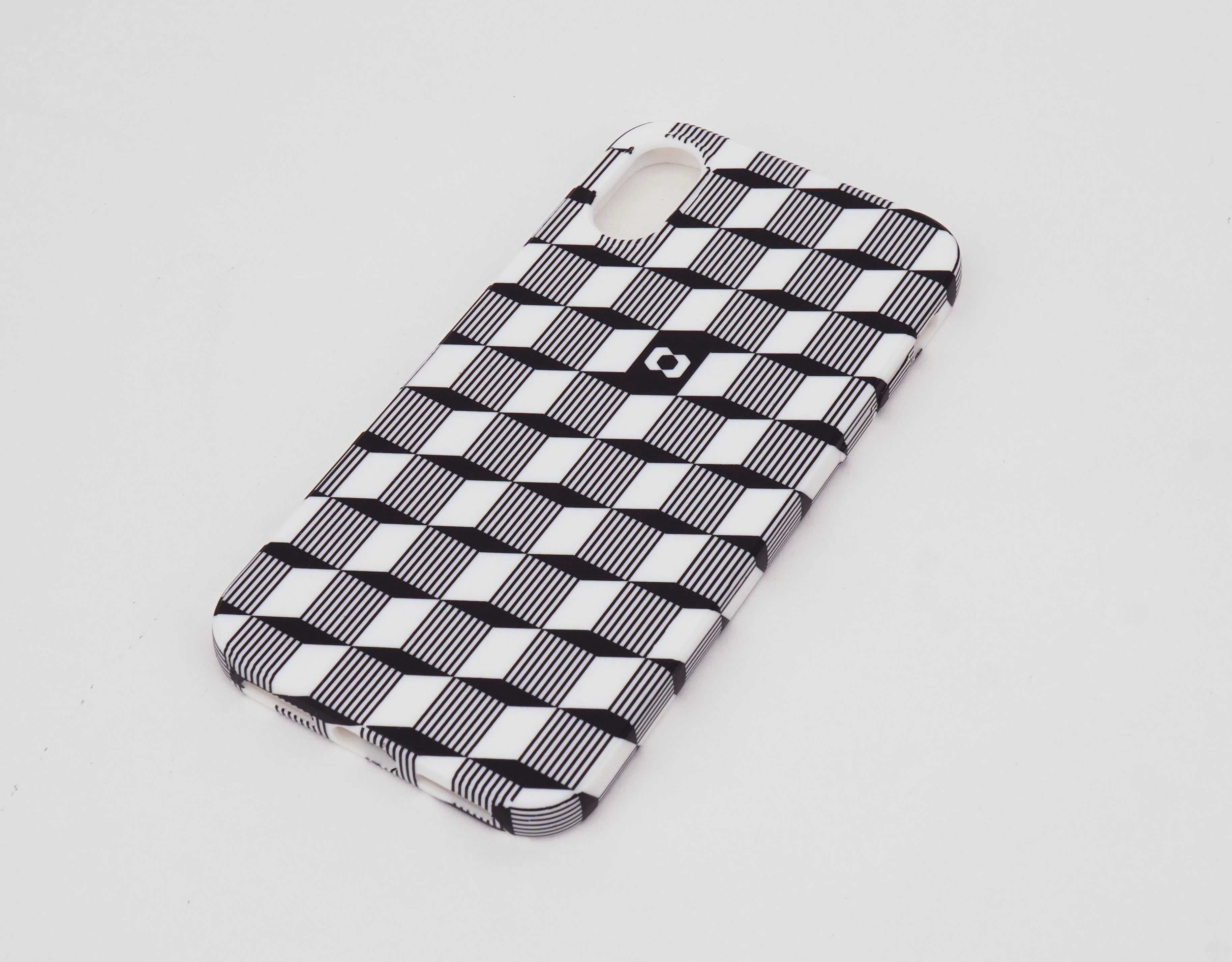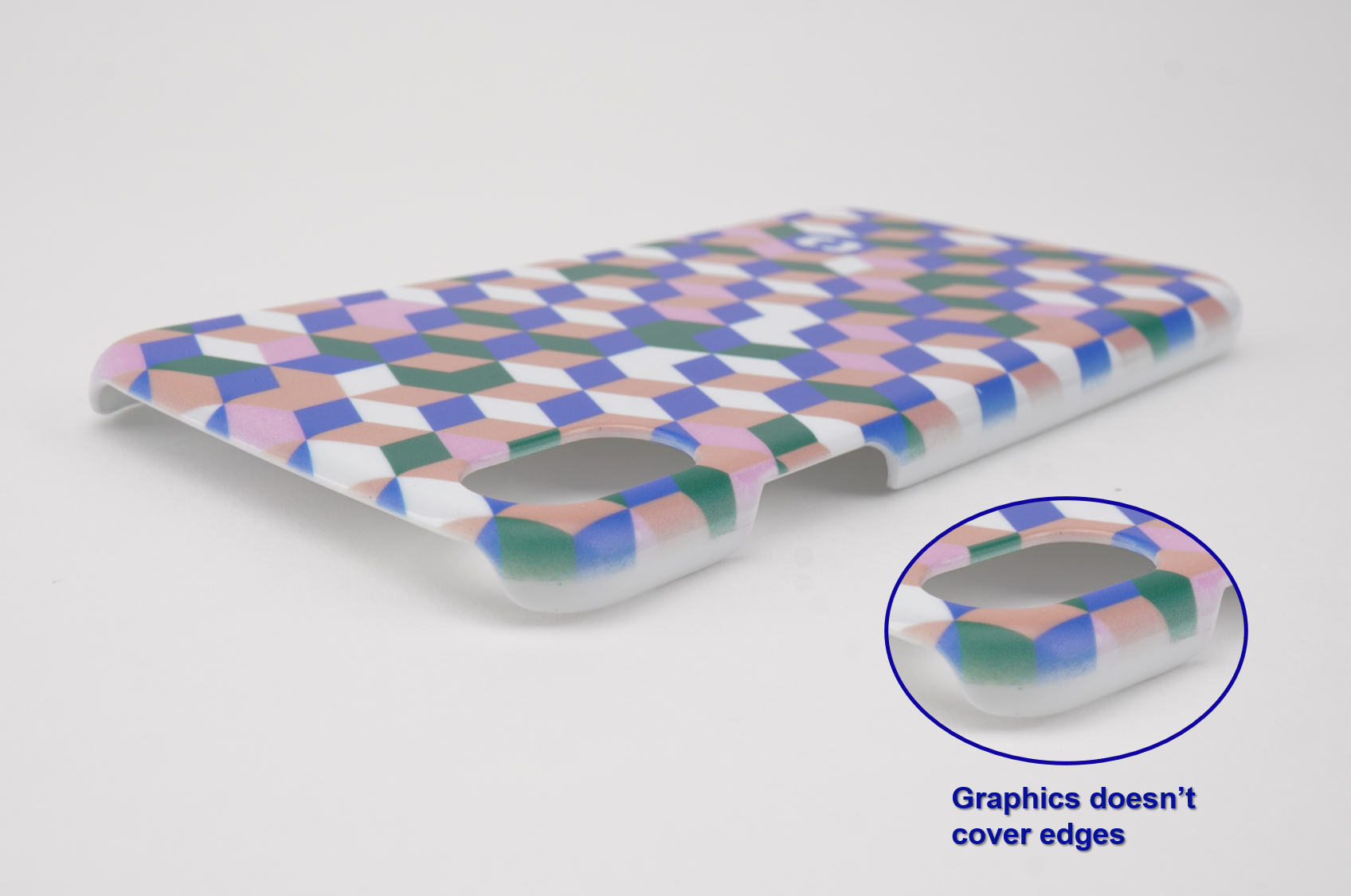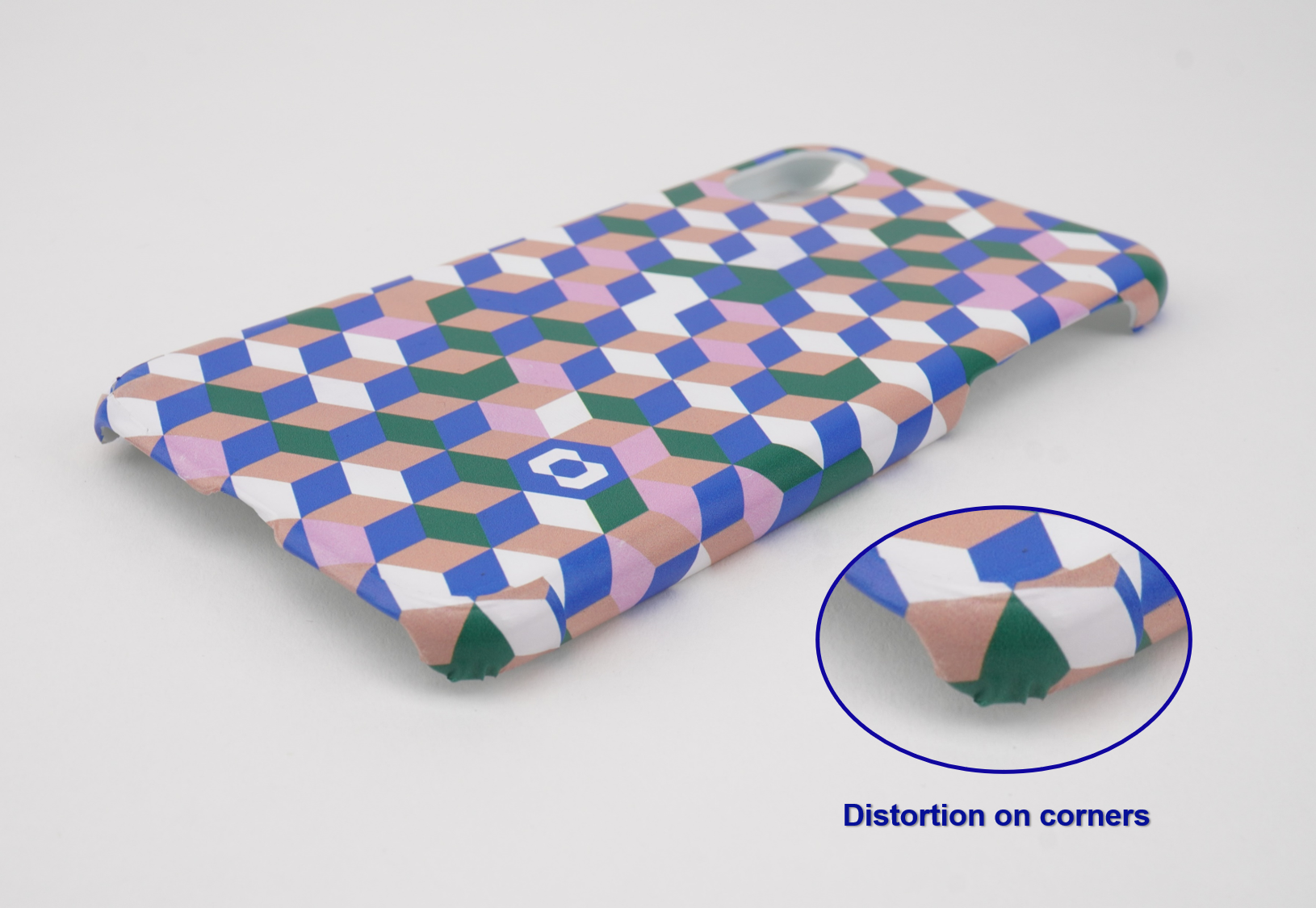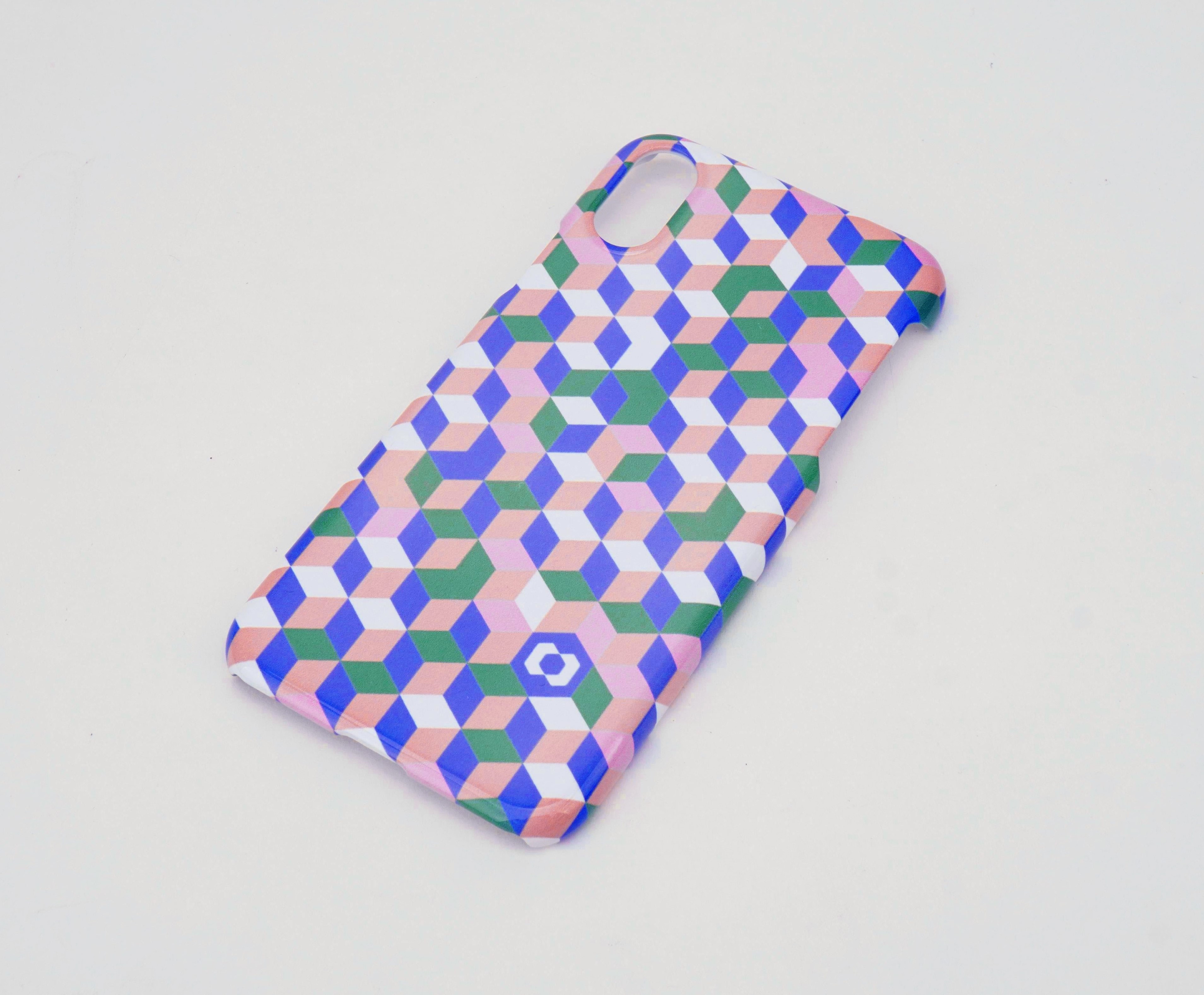Jul.12.2023
Graphic Applications on Non-coplanar Surfaces
Screen printing is commonly used for mass production to achieve optimal quality. However, screen printing is limited to flat surfaces and may not be suitable for non-coplanar surfaces or 3D shapes. When working on models with non-coplanar surfaces that require extending graphics beyond the flat surface, alternative methods are employed, each with its own advantages, disadvantages, and characteristics, which will be discussed further in the following sections.
Transfer Printing
This method is similar to screen printing for creating stickers that can be applied to desired locations. Transfer printing leverages the advantages of screen printing, making it an optimal choice for high-quality results for monochrome graphics with simple geometries. However, screen printing may encounter alignment issues with multiple colors, leading to lower yield and making it less suitable in such cases.
Note: The lack of flexibility in the ink and film prevents continuous graphics at the edges of non-coplanar surfaces. Instead, they must be cut and pieced together to accommodate the shape of the edges.
UV Printing
UV printing is the commonly used method for small-scale production, similar to home and office inkjet printers. Instead of printing onto paper, the graphics are directly printed onto the workpiece's surface using UV ink and cured with UV light. This method offers unlimited des sign possibilities and is ideal for diverse and small-scale production.
Note:
1. Ensure the height variation between the highest and lowest points on the workpiece is within 3mm to avoid graphic distortion.
2. UV printing has a slightly lower graphic resolution compared to screen printing.
Lamination
The graphics are printed onto a flexible film sticker using a UV inkjet printer, which is then adhered to the designated workpiece. The film can be slightly stretched when heated, allowing it to conform to various shapes, including curved surfaces.
This process ensures seamless and continuous graphics, providing endless design possibilities. It is highly recommended when maintaining graphic continuity is important. However, for shapes with large curvatures, the stretching of the film may cause minimal distortion and slight color lightening.
Note:
1. The film has limitations in stretching, shapes with too large of curvatures need to be cut and pieced together, resulting in discontinuous graphics.
2. Similar to UV printing, the graphic resolution and colors may not match screen printing.
Dye Sublimation Printing
This process involves printing dye sublimation ink onto transfer paper, which is then securely positioned on the target workpiece and heated. The ink vaporizes and penetrates the workpiece surface, becoming permanently sealed upon cooling. While the resolution may not be on par with screen printing, it offers high durability, great resolutions, and limitless design possibilities with complete graphics on all sides/edges.
Note: The temperature and heating time directly impact the color outcome in this process. It is best suited for materials capable of withstanding high temperatures.

